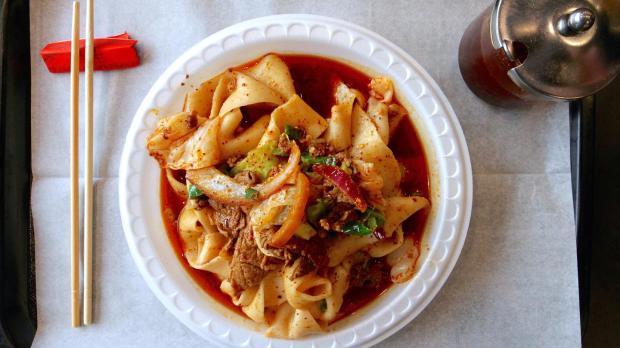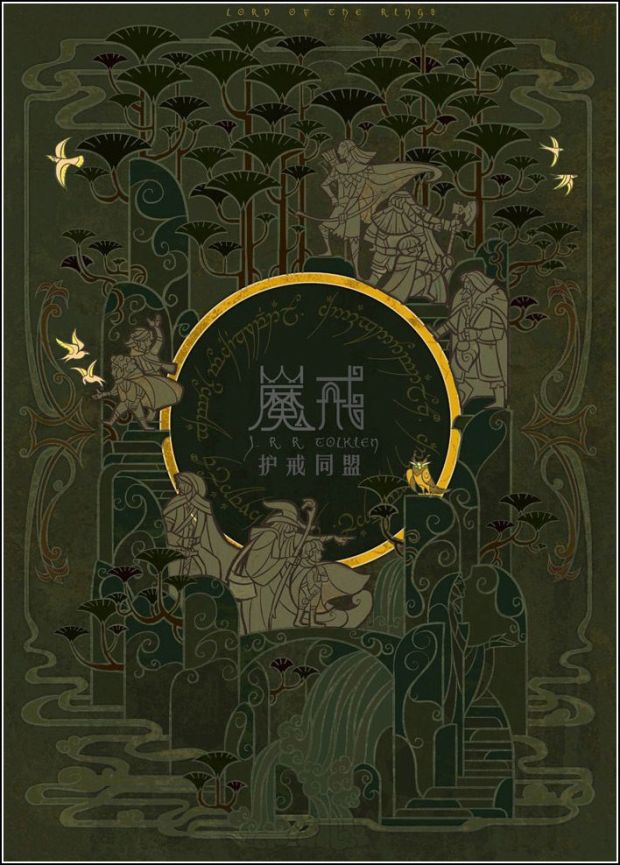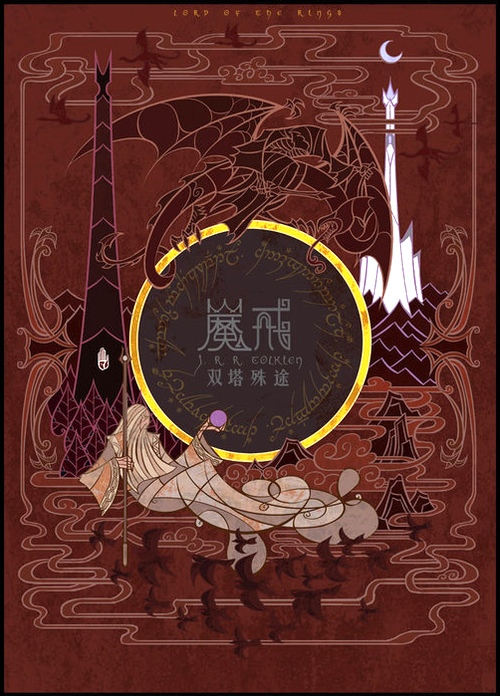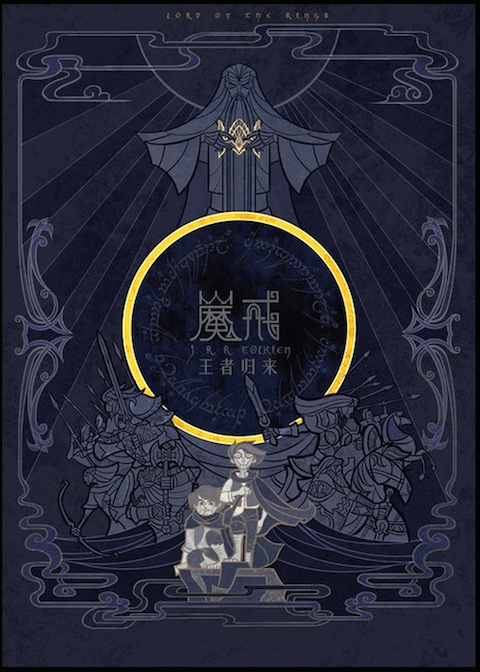Ingredients:
- whole roaster chicken, cut up by part (yes, you can be sloppy here) and use The. Whole. Thing. Bones & everything.
- Enough water to cover the bird parts (approx 8-10 cups)
- Salt
- 1 – 2 onions
- 1 – 2 green onion (scallion)
- 1 – 2 shallots
- 4 – 5 cloves garlic
- 1 – 2 carrots
- 1 pc star anise
- Coriander seeds
- Black peppercorns
- 1 – 3 bay leaves
- Soy sauce
- Sesame sauce
Combine the chicken parts, lots of water and salt in a large pot and boil the s**t out of it (David’s words, not mine), approx. 1-2 hours. Longer if you want, which means more flavour.
In a separate pot, do the same with all the veggies, pepper, salt, star anise, coriander, bay leaves and boil.
Once they are both done, strain the veggie pot and keep the liquid only – dispose of the veggies. For the chicken do the same and let the chicken cool before you pull it all apart, keeping only the dark and white meat as desired (no skin or bone).
Take all the chicken you’re keeping for the soup and toss in a bowl with sesame oil, soy sauce, salt and pepper. Use as much or as little as you need, depending on the flavour you want, but I am fairly liberal because it tastes so yummy.
Combine both broths into a big pot, dump the chicken in and cook on medium heat for about 10 min. Add the noodles close to when you are ready to serve the soup. Cook until noodles are al dente. You’re done!
(Found on: Lemons for Love)





